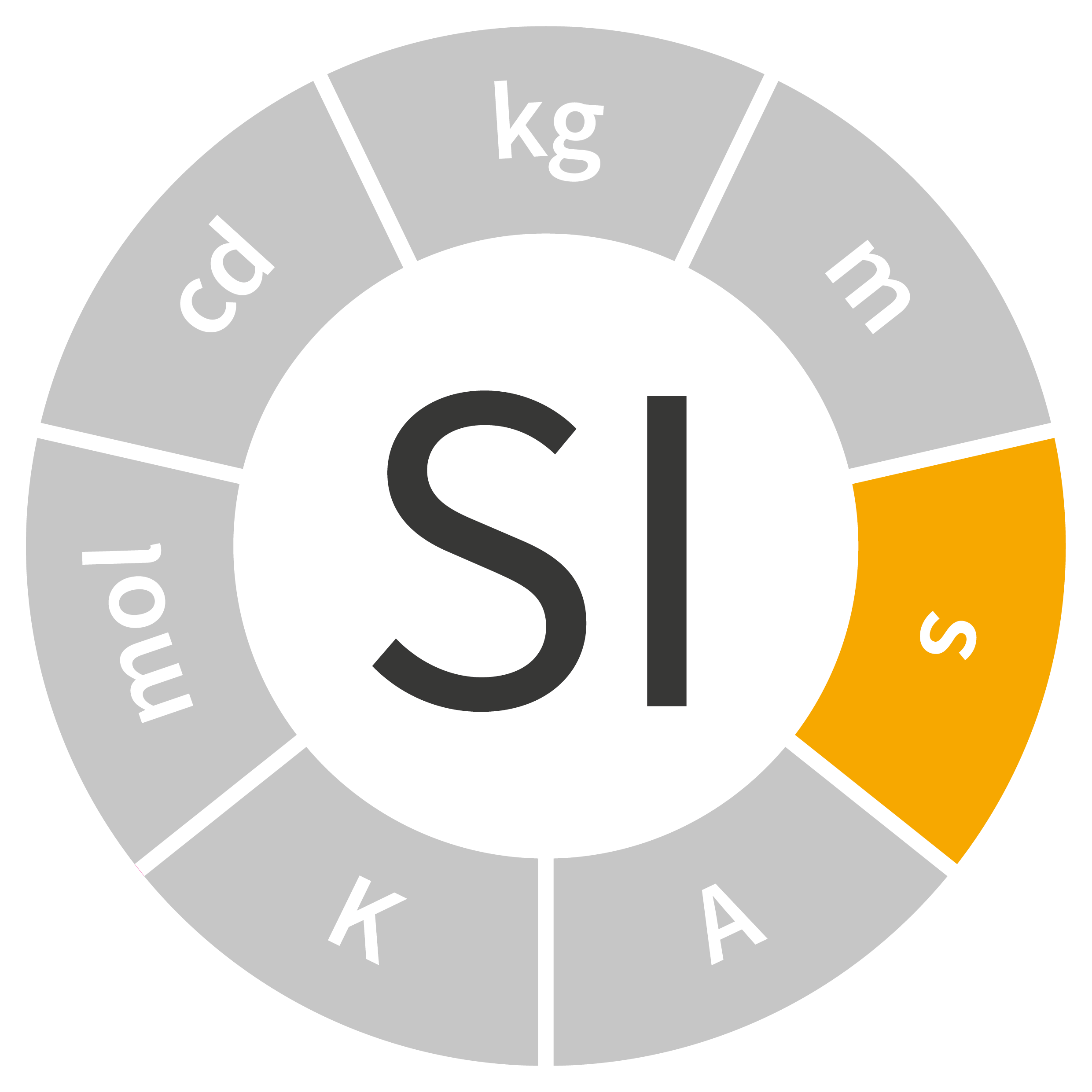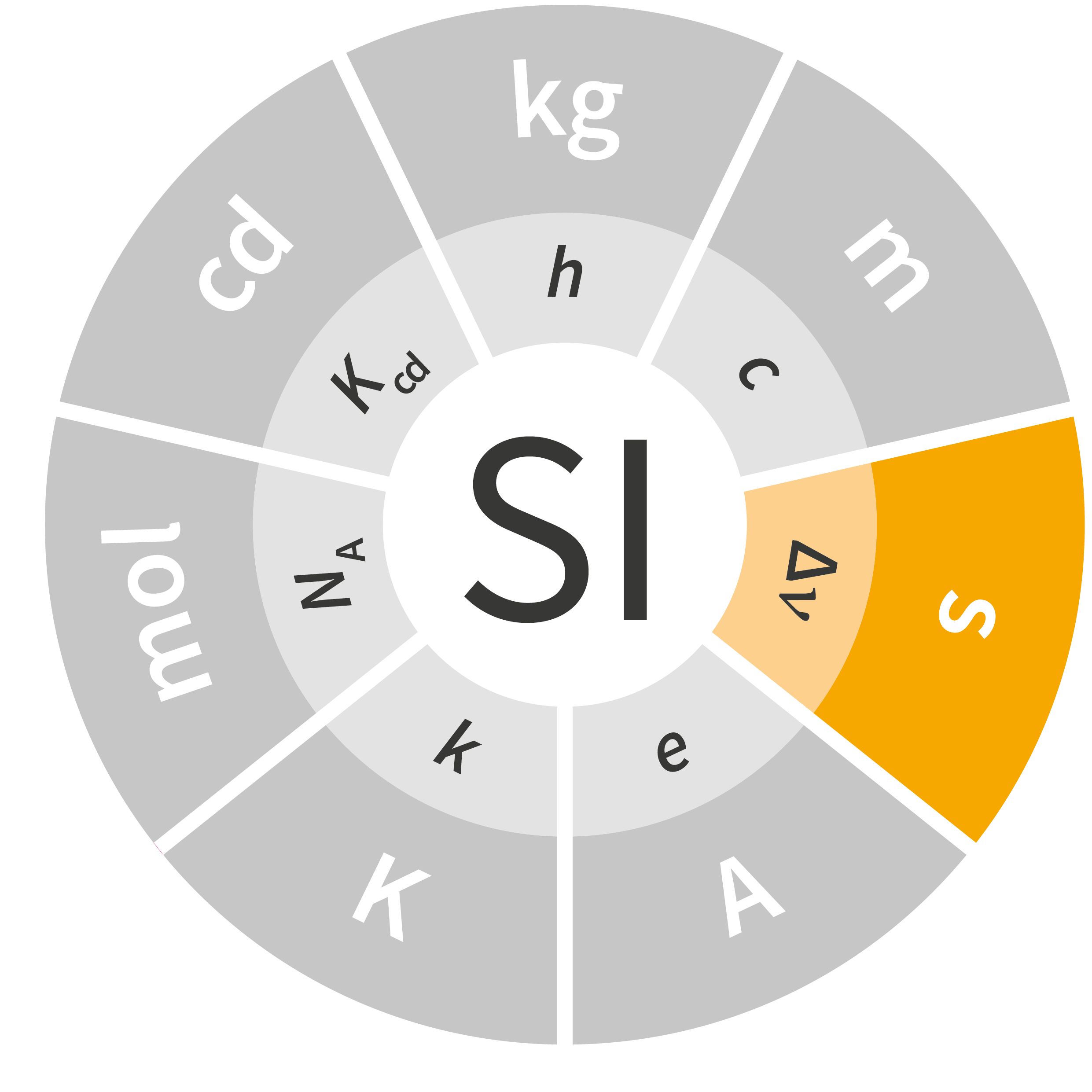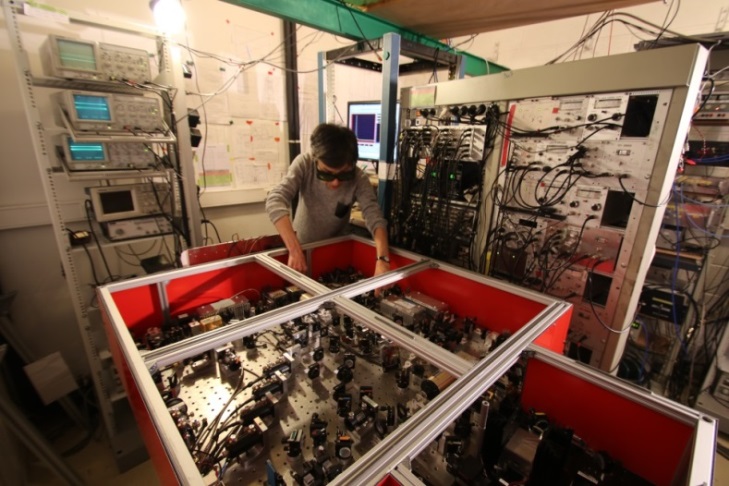As the unit for measuring time, the second is currently defined with reference to a property of matter: the radiation period of a cesium atom. Once an astronomical unit, insofar as it was defined in relation to the earth’s movements, the second is likely to be redefined yet again in the coming years. The LNE-SYRTE, a laboratory in the French National Metrology Network (RNFM) overseen by the LNE, is hard at work on the subject!

Official definition (1967-1968, 13th CGPM)
Symbol: s
Quantity: time, duration
Units derived from the second: hertz, becquerel, sievert
The second: some historical background
Up until its most recent redefinition in 1967, the second had its roots in astronomy: it was originally defined as 1/86,400th of the mean solar day (where the mean day is the amount of time it takes the Earth to make a complete rotation on its axis, as determined by astronomers). But that definition was undermined by irregularities in the Earth’s rotation. At the 11th General Conference on Weights and Measures (CGPM), held in 1960, the second was given a more precise definition as the fraction 1/31,556,925.9747 of the tropical year.
At the same time, the CGPM called on national and international laboratories to pursue their own efforts to create a measurement standard for the second based on an atomic transition between two energy levels. After seven years of research, the CGPM concluded that “this frequency standard has now been sufficiently tested and found sufficiently accurate to provide a definition of the second fulfilling present requirements,” whereupon it adopted the new definition of the second, as follows:

The second is the duration of 9 192 631 770 periods of the radiation corresponding to the transition between the two hyperfine levels of the ground state of the cesium 133 atom. This definition, founded on a property of matter, now falls under the umbrella of physics.
To measure the periods of the cesium 133 atom, we use atomic clocks. The best atomic clocks currently available (atomic fountains) use cold cesium atoms and have a relative frequency uncertainty of about 10-16 but are reaching their fundamental limits. New clocks, based on transitions in the area of optical frequencies (which are 100,000 times higher than the cesium transition frequency), have shown uncertainties in the range of 10-17 or even 10-18.
Arriving at a new definition of the second
A new definition of the second is expected to be finalized by 2025. One option under consideration: optical clocks, which could provide a way out of the current definition, which has reached its maximum level of precision.
As part of that future redefinition of the second in terms of optical frequencies rather than oscillations of a cesium atom, a team at LNE-SYRTE has developed an innovative frequency stabilization method for the lasers used to probe optical transitions, and has thereby enabled greater precision of measurements.

The task now is to measure the frequency of an optical transition in strontium atoms. With this new approach, atoms are confined in a “light trap” known as an optical network. Lasers are then used to study their transition to higher frequencies (1,015 Hz). Researchers at the French National Center for Scientific Research (CNRS), working with the LNE-SYRTE, have built two “optical” clocks that operate using strontium atoms. These clocks produce results that, from a metrological standpoint, are fully “traceable” compared to our current primary cesium standards but offer greater accuracy (to 16 digits, i.e., 10-16), and in so doing outperform our current definition of the second.
More reliable lasers
However, in order for those optical clocks to improve our current definition of the second, their performance will need to enhanced still further. At issue are the lasers used to examine the atomic transitions, since they raise frequency stability problems.
As part of the PALEMC program (a servo laser project using europium in a crystallized matrix) conducted from 2013 to 2016, the LNE-SYRTE developed a laser that uses “spectral hole burning” and thereby provides an innovative method of frequency stabilization. This could significantly improve the accuracy of current optical clocks.
The bulk of the experimental system is in place at the LNE-SYRTE, and the work conducted to date has already produced measurements that are accurate to about 10-14. Additional research is under way as part of the LASTRAHO project, the sequel to PALEMC, to identify any obstacles and potentially improve that level of precision to 10-17 – or even higher!





